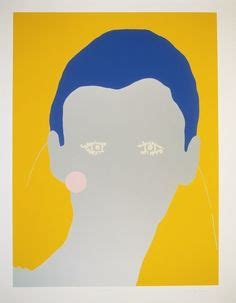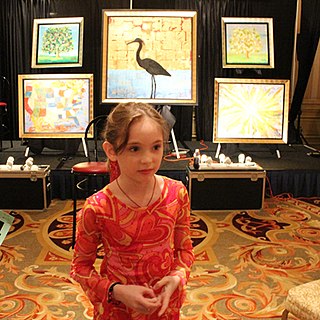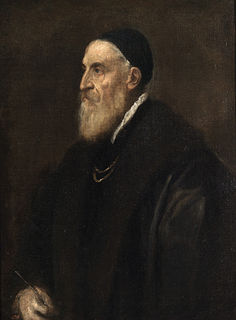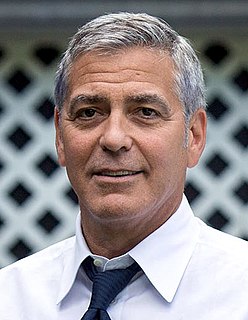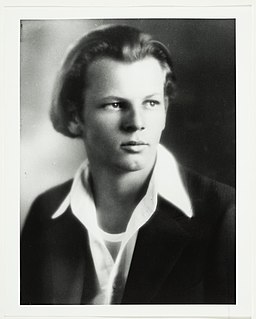A Quote by Gary Hume
I have to go with what the painting says to me. The painting is always informing me. I'm its servant; it's not mine. I'm doing what it wants.
Related Quotes
Painting from life was incredibly important for me because it allowed me to train my eyes to see everything that is there. But I realized early on that painting from life wasn't something that I was all that invested in. I was always more interested in the painting than I was the people. For me, removing that as a compulsion offered me a lot more freedom to actually paint and think about color, form, movement, and light.
People constantly describe me as a formalist or even a minimalist, but I'm not really bothered with the rules of painting or the history of painting. My approach is that everything is mine. I take what I can use from wherever, and then I forget where I've taken it from. But there is no point me making anything that looks like anyone else's.
Usually when I'm painting something it takes a lot of focus. I have the room I go into called the white room. In my imagination when I'm really focused I go into that white room and all that's there is me, my painting, and my tools. There's no distraction. When I'm really concentrated I like to have it silent but when I'm doing something that doesn't have to be necessarily perfect, I can just go for it.
I was always interested in drawing and painting. I enrolled in college to study painting. But I didn't have any livelihood when I graduated. My mother died very young, and I didn't have any home, so I had to find a way to earn a living. It seemed to me that photography - to the great disappointment, I have to say, of my painting teacher - could offer that. So I went and did a degree in photography, and then after that I could go out and get paid for work. For portraits, things like that.
Not every painter has a gift for painting, in fact, many painters are disappointed when they meet with difficulties in art. Painting done under pressure by artists without the necessary talent can only give rise to formlessness, as painting is a profession that requires peace of mind. The painter must always seek the essence of things, always represent the essential characteristics and emotions of the person he is painting.
All that stuff about flatness - it's this idea that painting is a specialized discipline and that modernist painting increasingly refers to painting and is refining the laws of painting. But who cares about painting? What we care about is that the planet is heating up, species are disappearing, there's war, and there are beautiful girls here in Brooklyn on the avenue and there's food and flowers.
Painting is traditional but for me that doesn't mean the academy. I felt a need to paint; I love painting. It was something natural - as is listening to music or playing an instrument for some people. For this reason I searched for themes of my era and my generation. Photography offered this, so I chose it as a medium for painting.
You have bits of canvas that are unpainted and you have these thick stretcher bars. So you see that a painting is an object; that it's not a window into something - you're not looking at a landscape, you're not looking at a portrait, but you're looking at a painting. It's basically: A painting is a painting is a painting. And it's what Frank Stella said famously: What you see is what you see.
I bought a painting in Madrid on my first trip there too and a lot of people say, 'Well it's not the greatest painting' and I say, 'It is to me.' OK, you can look at a beautiful painting and say, 'That's beautiful' but to me, it feels warmer to fill my home with pictures of friends and family and paintings of places I've gone. That's what I want to come home to.
When I am in a painting, I'm not aware of what I'm doing. It is only after a sort of 'get acquainted' period that I see what I have been about. I have no fears about making changes, destroying the image, etc, because the painting has a life of its own. I try to let it come through. It is only when I lose contact with the painting that the result is a mess. Otherwise there is pure harmony, an easy give and take, and the painting comes out well.
